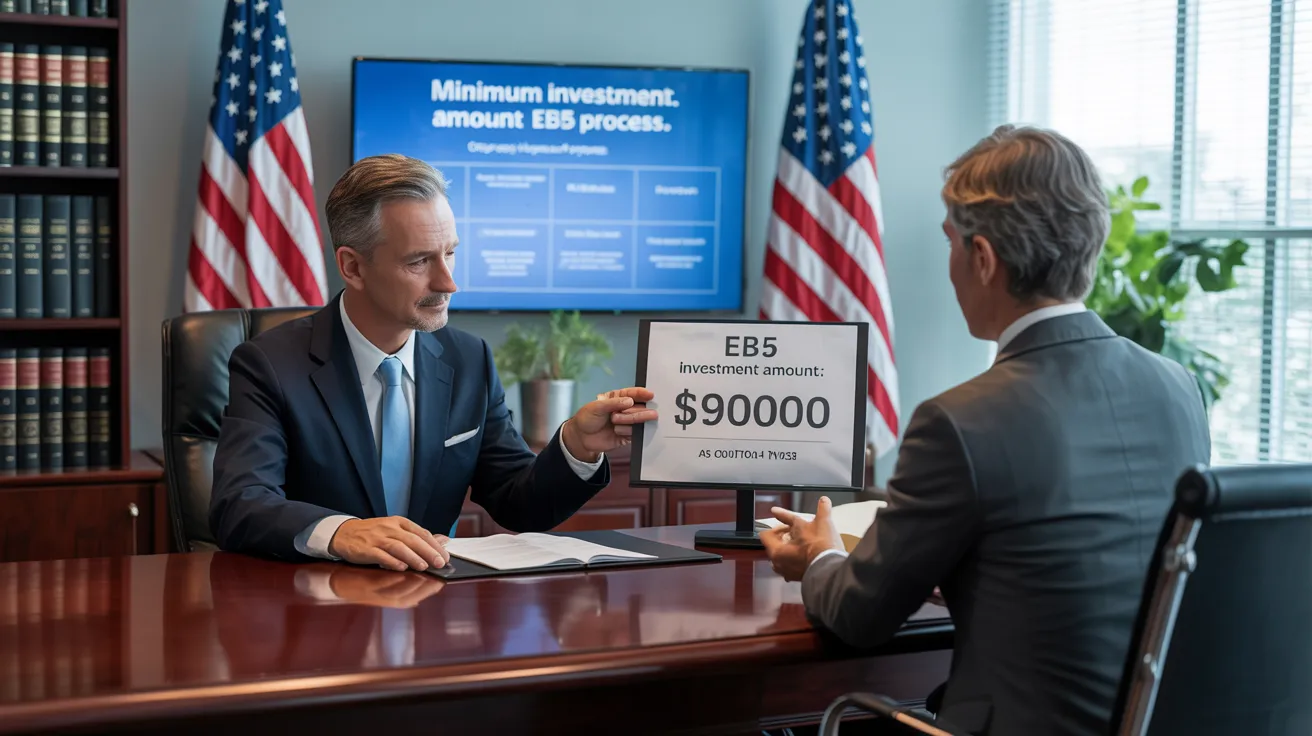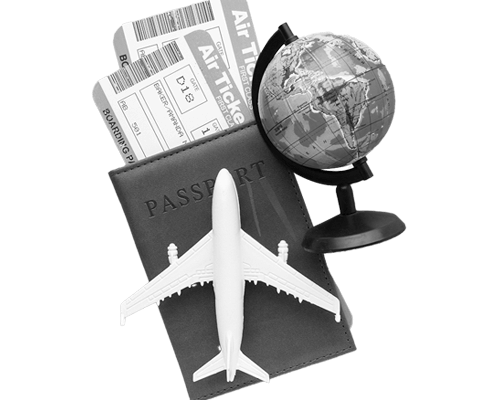The Facts About L1 Visa Revealed
Table of ContentsThe 2-Minute Rule for L1 VisaL1 Visa for BeginnersL1 Visa - An OverviewThe Best Guide To L1 VisaSome Known Incorrect Statements About L1 Visa
L-1 visas are available to workers of a global business with offices in both the USA and abroad. L1 Visa. The visa permits such foreign workers to transfer to the corporation's US workplace after having functioned abroad for the company for a minimum of one constant year within the previous 3 prior to admission in the United StatesOne L-1 visa can enable multiple employees entrance right into the USA. Partners of L-1 visa owners are allowed to work without restriction in the United States (using an L-2 visa) incident to condition, and the L-1 visa may legitimately be made use of as a stepping stone to a permit under the doctrine of double intent.
Since 2000, Indian nationals are the largest receivers of L-1 visas. The number of L-1 visas offered to Indian nationals leapt from 4.5 percent in 1997 to 43.8 percent in 2006. In 2019, Indian nationals obtained 18,354 L-1 visas, making up 23.8% of all L-1 visas issued in 2019. According to USCIS information, the biggest companies to get L-1 visas in 2019 were Tata Working as a consultant with 1,542 authorized L-1 visa petitions, Infosys with 517, Amazon with 455, Mindful with 382, and Deloitte with 305.
Congress developed the L-1 visa in 1970. It was introduced as a "noncontroversial change" for multinational American firms. The original visa required that the job tenure correspond directly prior to obtaining the firm transfer. Congress originally did not define "specialized knowledge". In 1980, the State Division released 26,535 L-1 visas.
Things about L1 Visa
Significant Indian outsourcing companies such as Tata, Infosys, and Wipro significantly made use of the L-1 copyright staff American multinational companies. Fifty percent of Tata's employees brought to the United States came on L-1 visas.
By 2000, Migration and National Service tape-recorded 294,658 visa entrances. In 2002, Congress enabled L-1 visa spouses, that are on an L-2 visa, the permission to work freely within the United States. In 2003, the Us senate Judiciary Board held a hearing on the L-1 visa. In financial year 2004, the number of L-1B visas exceeded the variety of L-1A visas.

Applicants that are in the USA at the time of the declaring of the I-129 can request a change of condition from their existing nonimmigrant condition (i.e. visitor, trainee, etc), so long as they are in standing at the time of the filing of the I-129. If they go out of condition after the declaring, but prior to authorization, there is no L1 Visa requirements negative effect, and the individual does not accrue unlawful presence.
Kids of the main L-1 can participate in school. The partner of the main L-1 has an automatic right to function in the United States.
The Ultimate Guide To L1 Visa
An I-797 Notification of Activity showing the authorization of the visa petition does not ensure that a visa will certainly be released at the U.S.

L1 Visa for Beginners
For an L-1 visa candidate, "dual Intent" is enabled: unlike some courses of non-immigrant visas (e.g., J-1 visas (L1 Visa)), L-1 applicants might not be refuted a visa on the basis that they are an intending immigrant to the USA, or that they do not have a home abroad which they do not intend to desert
Revival in the United States uses to status just, not the real visa in the ticket. copyright renewal, the applicant L1 Visa law firm has to go to a UNITED STATE
An alien can not leave the United States and then reenter without a legitimate L-1 visa, and must appear directly before a consular policeman copyright issuance.
The Main Principles Of L1 Visa
A person in L-1 condition generally might function just for the petitioning business. If the L-1 worker goes into based upon an L-1 blanket, however, it typically is feasible for the employee to be relocated in the same capacity to any type of various other related company noted on the blanket. The L-1 visa program has been slammed for lots of factors.
In one instance, The U.S. Department of Labor fined Electronics contact us for Imaging $3,500 for paying its L-1 visa workers $1.21 an hour and working several of them up to 122 hours a week. Some industry reps have actually accused business of using the L-1 program to replace U.S. workers. Critics and federal government authorities have mentioned how the visa program does not define "specialized knowledge" for foreign workers in the L-1B visa category.